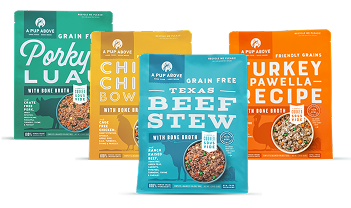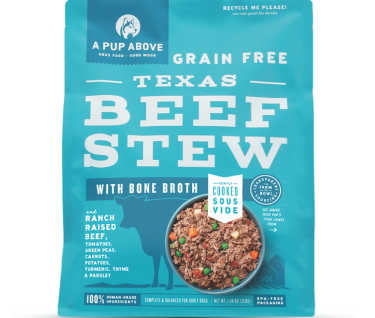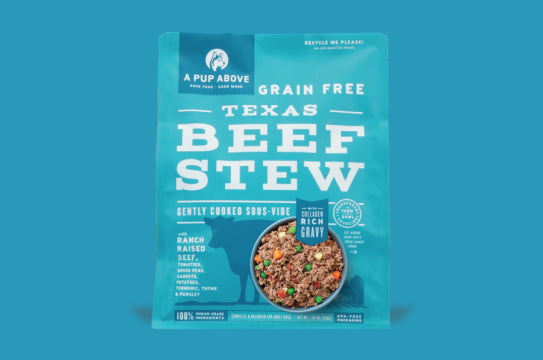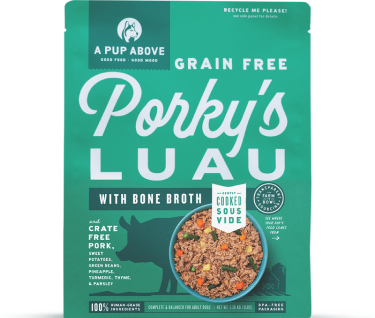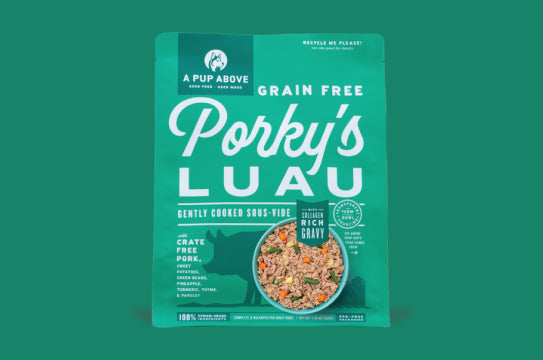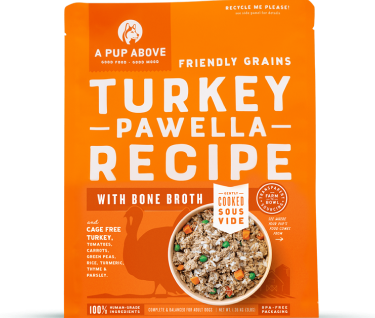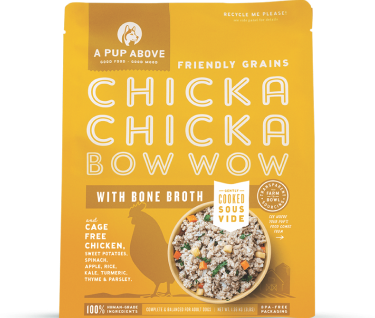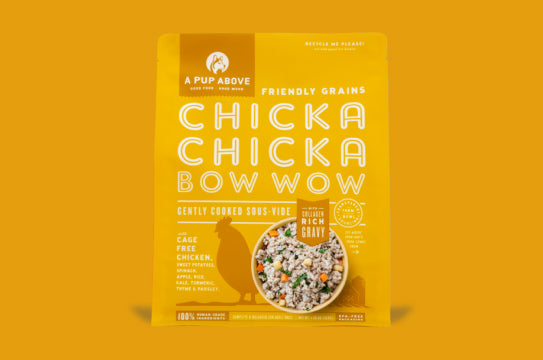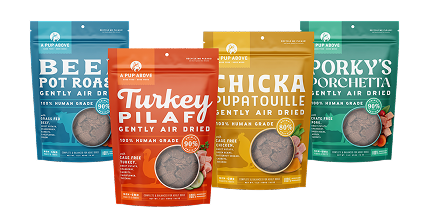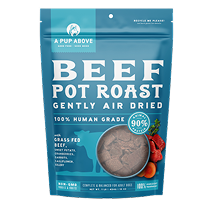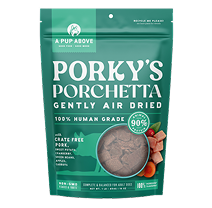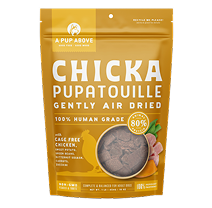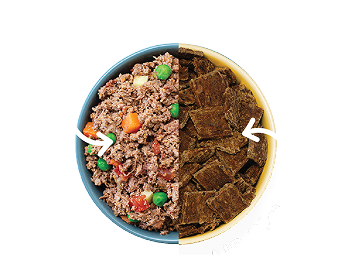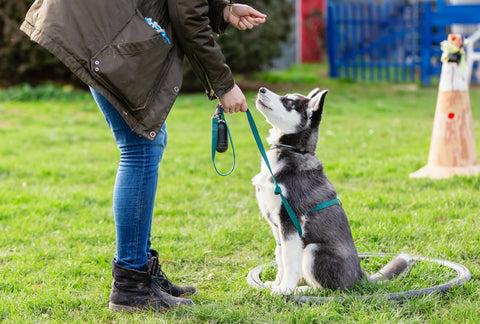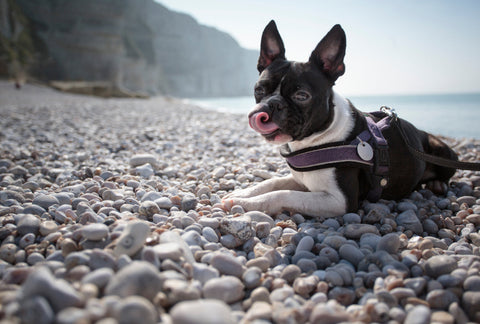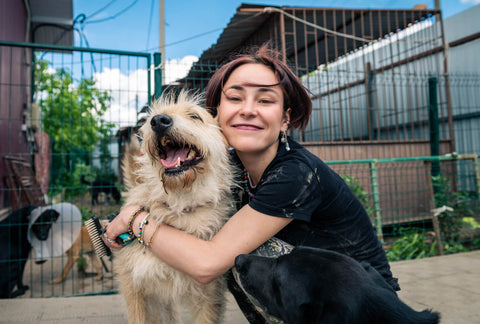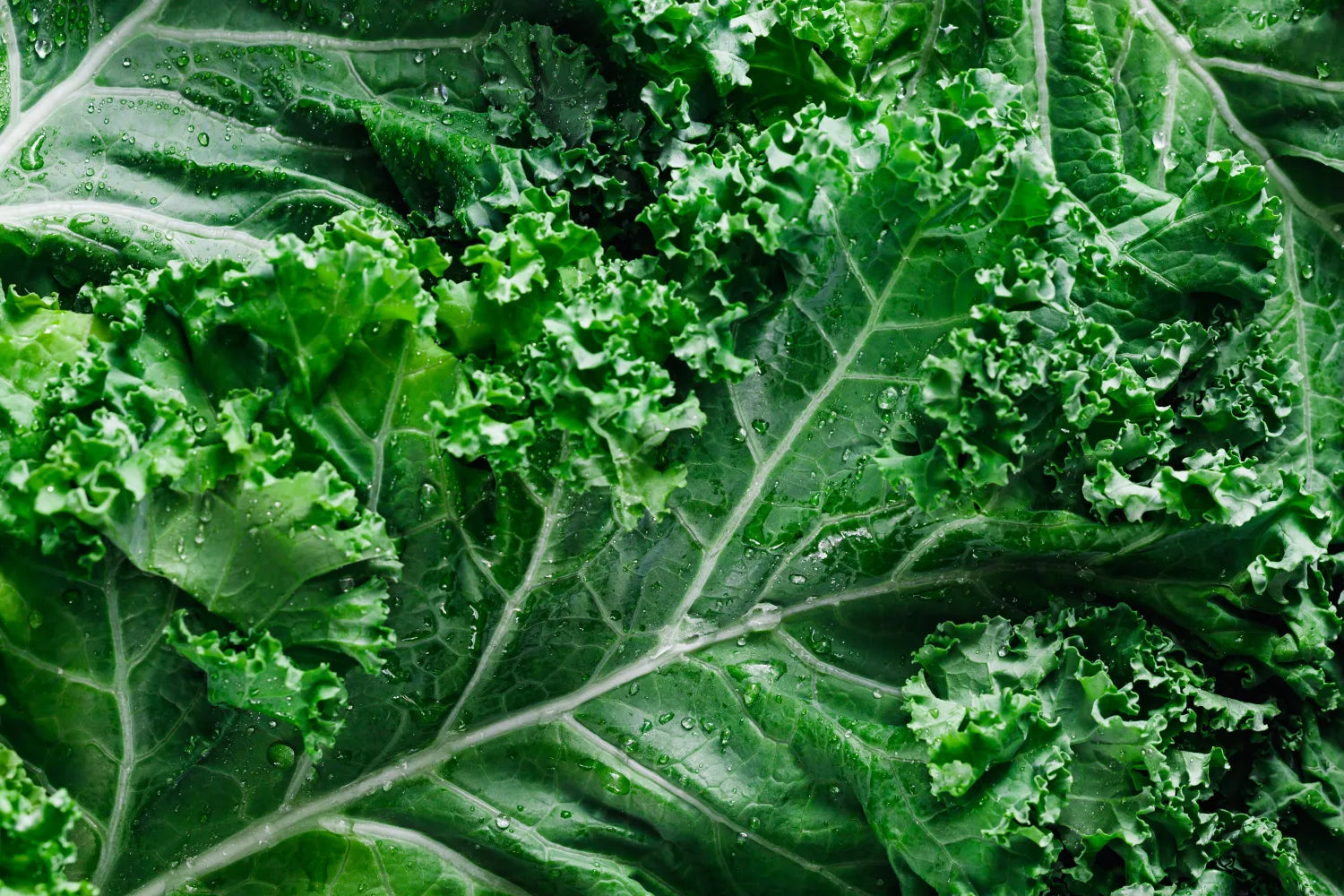
Can Dogs Eat Kale?
Some dogs will do backflips for a leafy green. Others give you the side-eye like you just offered them a piece of cardboard. Kale falls into that weird in-between where it’s trendy for humans but totally confusing for pet parents. Should you share it? Should you not? Is it secretly a crunchy superfood or a no-go for pups?
At A Pup Above, we’re big on feeding dogs real food that actually makes sense. Kale shows up on a lot of “eat this” lists, but let’s be real — just because something’s hyped in your salad doesn’t mean it belongs in your dog’s bowl.
So, before you toss a handful into their dinner, here’s what to know about giving kale to your four-legged taste tester.
Is Kale Good for Dogs?
Kale is one of those leafy greens that’s gained a reputation for being a nutrient powerhouse — and yeah, a little polarizing. People either swear by it or avoid it like the dentist. But when it comes to dogs, kale can absolutely have a place in the bowl.
First, kale is packed with vitamins A, C, and K, which can support everything from immune health to cell function to skin and coat condition. It also brings along minerals like calcium and potassium, which help maintain bone strength and muscle function.
And if your pup could use a little digestive support, kale brings fiber to the table — enough to keep things moving without overdoing it. Real talk, though? Dogs don’t need kale to be healthy. It’s a nice-to-have, not a must.
What do they need to thrive? Think gently cooked animal protein, nutrient-dense veggies, and real bone broth — all of which you’ll find in every A Pup Above recipe. We built our meals to support the stuff that really matters — like keeping joints moving, bellies happy, and tails wagging at full speed. Kale’s just a bonus green in the rotation.
How To Prepare Kale for a Dog
So, you’ve decided to share a little kale with your pup — now what? Before tossing a handful in their bowl, a few simple prep steps can make all the difference between “yum” and “nope.”
Here’s how to do it right:
Rinse it well
Kale leaves can carry dirt, grit, or pesticide residue (even organic ones), so always give them a good rinse under cool water. Rub the leaves gently with your hands to loosen any hidden debris. Sure, they’ve eaten worse — but sandy kale isn’t exactly a crowd-pleaser.
Chop it small
Once clean, chop the kale into small, manageable pieces. Big leafy chunks might get ignored or picked out (you know the look), while smaller bites are more likely to blend into the rest of their food. Plus, chopping makes it easier to cook evenly.
Steam or sauté (just with water)
A quick steam or light sauté helps soften the kale and makes the nutrients more accessible. Just a few minutes is plenty to mellow out the rough edges for your pup. Use a splash of water (not oil) if you're pan-cooking it.
Note: Keep it plain and simple. We know a little olive oil, garlic, or seasoning might make kale more exciting for humans, but for dogs, those extras can do more harm than good. Garlic and onions are especially risky — even small amounts can irritate your dog’s system.
And things like salt, butter, and spices? Also a no-go. Dogs process food differently than we do, and their meals don’t need the same bells and whistles. When in doubt, just stick with regular ol’ H20 and keep it basic.
Let it cool, then serve it up
Once the kale’s cooked and cooled, you’re good to go. You can mix it right into your dog’s regular food or offer a small spoonful on the side. No need to overthink it — just keep the portion small and let them take it from there. Some pups will love it, while others might shoot you a look. Either way, you did your part.
How Much Kale Should My Dog Eat?
Wondering how much kale is okay for your pup? Spoiler: it’s not the whole bag — no matter how enthusiastic they are about leafy greens (or how sneaky they are at counter surfing).
Here's a quick guide based on size:
-
Small dogs (under 20 lbs): 1 to 2 teaspoons, cooked and chopped
-
Medium dogs (20–50 lbs): 1 to 2 tablespoons
- Large dogs (50+ lbs): Up to ¼ cup
Serve it once or twice a week at most, mixed into their regular food so it doesn’t overpower the bowl (or their belly). If your pup’s new to kale, start with less and see how they do. You’ll know it’s too much if you’re seeing signs like gassiness or picky eating — or if you find a little pile of rejected greens next to the dish.
Are There Potential Health Risks From Feeding Kale?
We talked about why kale can be a nice little nutrient boost, covered how to prep it like a pro, and even broke down how much is enough (and not too much). But what about the “Is this actually safe?” part?
Totally fair question. Kale, like spinach and chard, contains naturally occurring compounds called oxalates. In large amounts, over time, oxalates might interfere with how your dog absorbs certain minerals — and may not be ideal for dogs with kidney sensitivities. That’s why we keep kale in the “occasional topper” category, not the everyday main course.
For most healthy pups, a few spoonfuls of cooked kale here and there aren’t going to rock the boat. Just keep it simple — don’t go overboard — and if your dog has any existing health issues (especially kidney-related), check in with your vet first.
Kale vs. Spinach vs. Chard
We’ve given kale the spotlight — but how does it stack up next to other leafy greens like spinach and chard?
All three come with their own set of nutrients. Kale is loaded with vitamins A, C, and K, plus a decent dose of calcium and fiber. Spinach brings iron, magnesium, and folate to the bowl, while chard adds potassium and a punch of vitamin E. They’re all nutrient-dense — just with slightly different lineups.
In terms of digestibility, kale tends to be a bit heartier than spinach but still easier on the system than chard (which is higher in oxalates and a little more bitter). That’s why, when we’re picking greens for our human-grade, sous-vide dog meals, we lean toward spinach — it’s nutrient-rich, gentle, and most pups don’t turn their nose up at it.
The takeaway? You don’t need to pick a favorite. Rotate them thoughtfully, cook them properly, and keep the portions modest. Your dog’s not asking for a salad bar — just a little extra green done right.
The Bottom Line
So, can dogs eat kale? They can — and some pups even love it. When it’s washed, chopped, cooked plain, and served in small amounts, kale can add a little nutritional boost to your dog’s bowl. But it’s not a must-have.
At A Pup Above, we focus on what dogs actually need to feel their best: gently cooked animal protein, nutrient-rich veggies, and real bone broth. That’s the stuff that supports strong muscles, healthy digestion, and all-day tail wags.
If kale’s a hit in your house, great — just treat it like a once-in-a-while add-on, not the main event. And if your dog’s more “meh” about greens? No big deal. Our meals already come loaded with the good stuff. Real food. Real flavor. No mystery greens left on the floor.
Sources:
Healthy food trends - kale | MedlinePlus Medical Encyclopedia
Kale Is One of the Most Contaminated Vegetables on the Dirty Dozen List | TIME
Oxalate in pet food – is it dangerous for dogs and cats? | Veterinarians
Top Stories

Why Do Dogs Lick Their Paws?

Why Do Dogs Whimper & Make Noises in Their Sleep?

Healthy Vet-Approved Homemade Dog Food Recipes

How To Cook Sweet Potatoes for Dogs


